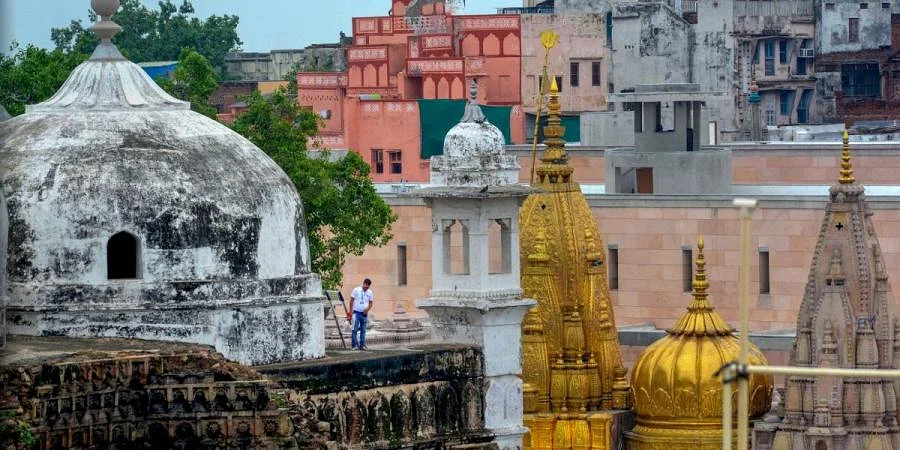Free Courses Sale ends Soon, Get It Now


Free Courses Sale ends Soon, Get It Now



Copyright infringement not intended
Picture Courtesy: www.newindianexpress.com
Context: The Gyanvapi mosque case centres on the complex ownership and historical claims surrounding the Gyanvapi mosque in Varanasi, situated right next to the iconic Kashi Vishwanath temple.
Details
The Places of Worship Act 1991
The main features of the Act are:
The significance of the Act is:
The challenges faced by the Act are:
The way forward for the Act is:
Must Read Articles:
Places Of Worship Act 1991: https://www.iasgyan.in/daily-current-affairs/places-of-worship-act-1991-9#:~:text=The%20act%20prohibits%20conversion%20of,and%20harmony%20in%20the%20country.
|
PRACTICE QUESTION Q. How do the Places of Worship Act 1991 aim to maintain the religious character of places of worship in India, and what are some of the challenges it faces in achieving its objectives? |
© 2024 iasgyan. All right reserved